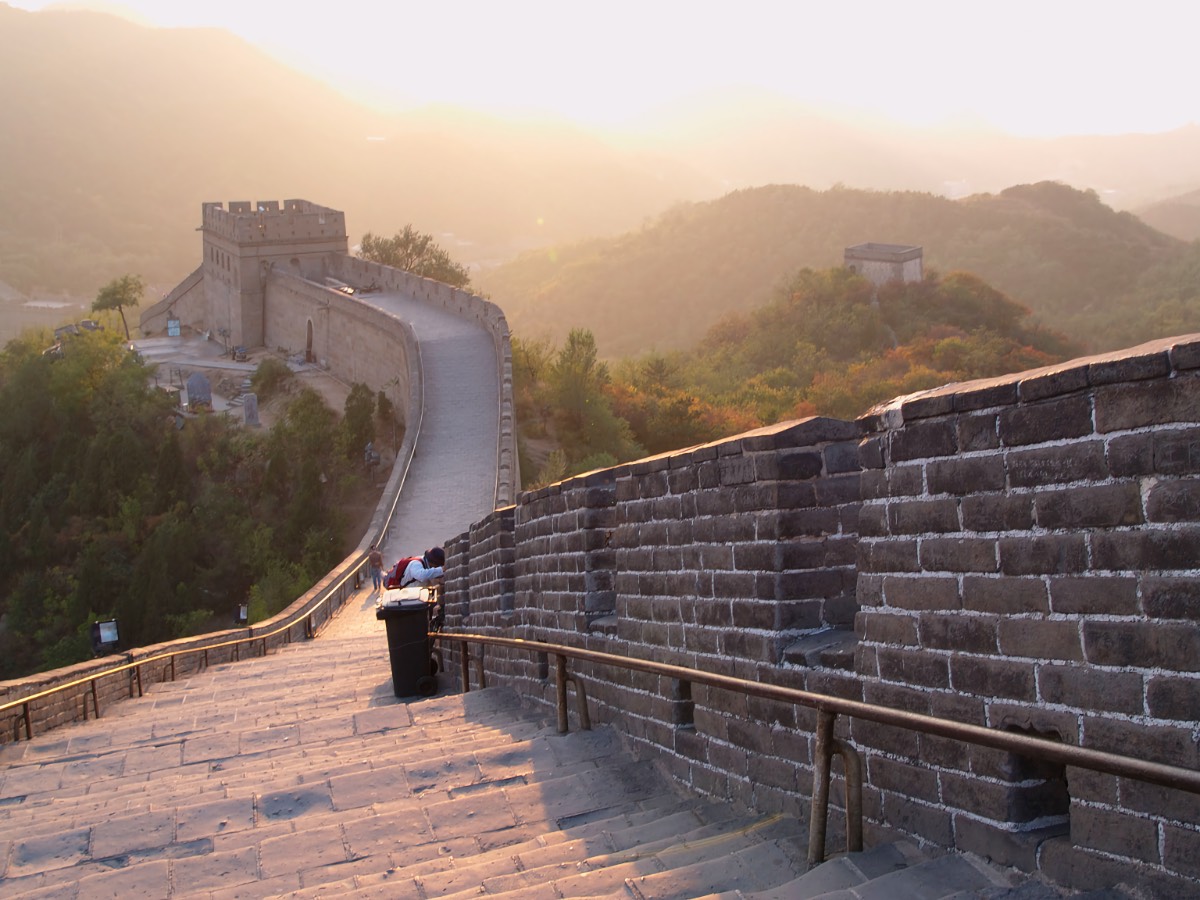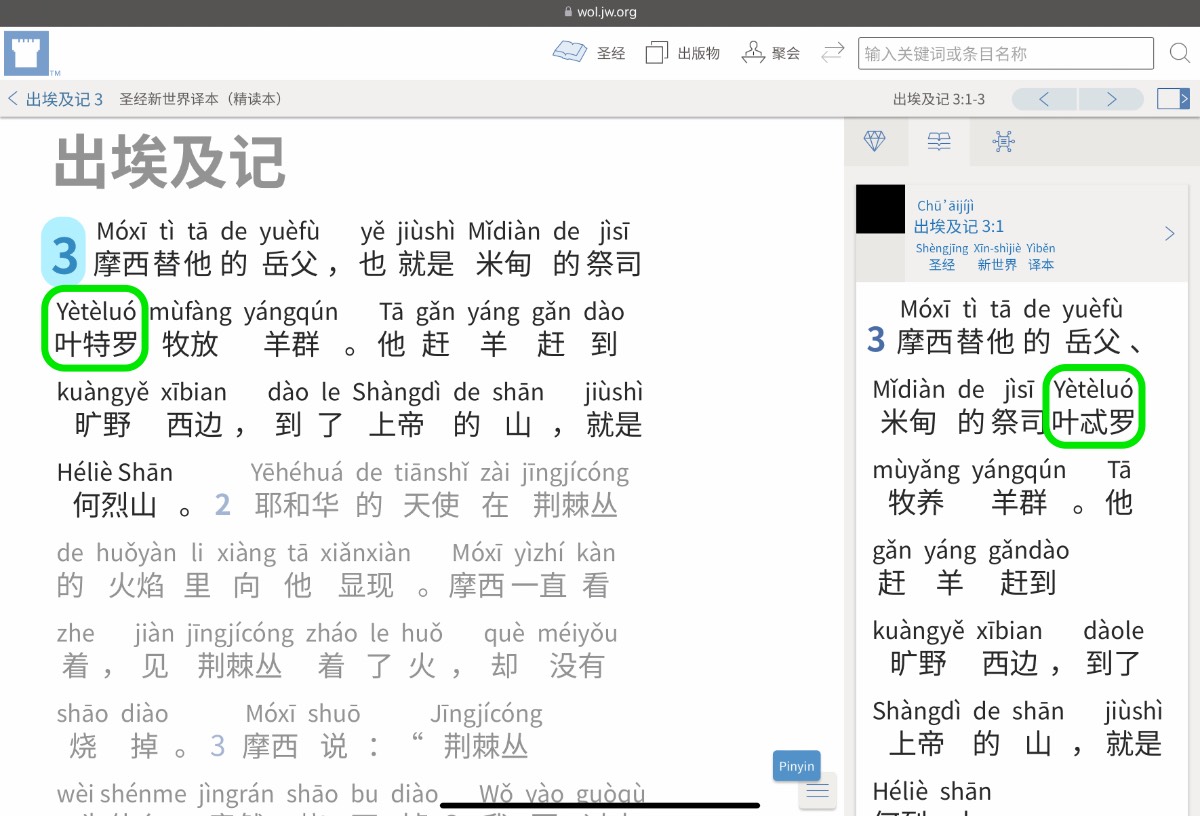Yànwén (Yàn·wén {Proverb (Korean: Vernacular)} · Writing → [Hangul/Hankul (modern Korean writing system)] 谚文 諺文) ← Tap/click to show/hide the “flashcard”
This week’s MEotW is “Yànwén (Yàn·wén {Proverb (Korean: Vernacular)} · Writing → [Hangul/Hankul (modern Korean writing system)] 谚文 諺文)”, which seems to be the most commonly used Mandarin expression referring to the modern Korean writing system. In English, we refer to this writing system as “Hangul” or “Hankul”, depending on which romanization system we prefer.

The Korean text “Joseongeul” and “Hangeul,” written in Hangul, the native Korean script. [source]
metalslick
“…By Any Other Name”
One of the first things I noticed while researching this topic is that Korean, English, and Mandarin each have multiple names for the modern Korean writing system. Here is Wikipedia’s summary of its names in Korean and in English:
Official names
The Korean alphabet was originally named Hunminjeong’eum (훈민정음) by King Sejong the Great in 1443.[source] Hunminjeong’eum (훈민정음) is also the document that explained logic and science behind the script in 1446.
The name hangeul (한글) was coined by Korean linguist Ju Si-gyeong in 1912. The name combines the ancient Korean word han (한), meaning great, and geul (글), meaning script. The word han is used to refer to Korea in general, so the name also means Korean script.[source] It has been romanized in multiple ways:
- Hangeul or han-geul in the Revised Romanization of Korean, which the South Korean government uses in English publications and encourages for all purposes.
- Han’gŭl in the McCune–Reischauer system, is often capitalized and rendered without the diacritics when used as an English word, Hangul, as it appears in many English dictionaries.
- hān kul in the Yale romanization, a system recommended for technical linguistic studies.
North Koreans call the alphabet Chosŏn’gŭl (조선글), after Chosŏn, the North Korean name for Korea.[source] A variant of the McCune–Reischauer system is used there for romanization.
Other names
Until the mid-20th century, the Korean elite preferred to write using Chinese characters called Hanja. They referred to Hanja as jinseo (진서/真書) meaning true letters. Some accounts say the elite referred to the Korean alphabet derisively as ‘amkeul (암클) meaning women’s script, and ‘ahaetgeul (아햇글) meaning children’s script, though there is no written evidence of this.[source]
Supporters of the Korean alphabet referred to it as jeong’eum (정음/正音) meaning correct pronunciation, gungmun (국문/國文) meaning national script, and eonmun (언문/諺文) meaning vernacular script.[source]
In addition to all the above, some dictionaries, including the ABC Chinese-English Dictionary, use the English name “onmun” to refer to the modern Korean writing system. This is apparently derived from the Korean name “eonmun (언문/諺文)”, mentioned in the last paragraph of the above quote. Speaking of “eonmun (언문/諺文)”, the Chinese characters used to write it are the same as the Traditional characters used to write this week’s MEotW “Yànwén (Yàn·wén {Proverb (Korean: Vernacular)} · Writing → [Hangul/Hankul (modern Korean writing system)] 谚文 諺文)”, indicating that this is where this Mandarin expression came from.
Speaking of “Yànwén (Yàn·wén {Proverb (Korean: Vernacular)} · Writing → [Hangul/Hankul (modern Korean writing system)] 谚文 諺文)”, as mentioned at the beginning of this post, this seems to be the expression most commonly used in Mandarin to mean “Hangul”—it is, for example, the main expression used to refer to Hangul in the Mandarin version of an Awake! article about Hangul. Also used in that Mandarin version of that Awake! article—once—to refer to Hangul is the expression “Hánwén (Hán·wén Korean · Writing → [Hangul/Hankul (modern Korean writing system)] 韩文 韓文)”. Another Mandarin expression referring to the modern Korean writing system is “Cháoxiǎn Zìmǔ ((Cháo·xiǎn {Royal/Imperial Court [→ [Dynasty]]} · Rare → [North Korea | Chosŏn (Tw pron.: Cháoxiān)] 朝鲜 朝鮮) (Zì·mǔ Word · Mothers → [Letters (of an Alphabet) [→ [Alphabet]]] 字母) → [Hangul/Hankul (modern Korean writing system) (name used in North Korea)])”, which corresponds to the Korean expression “Chosŏn’gŭl (조선글)”, mentioned above. (“Cháoxiǎn (Cháo·xiǎn {Royal/Imperial Court [→ [Dynasty]]} · Rare → [North Korea | Chosŏn; [Great] Joseon [State] (Tw pron.: Cháoxiān)] 朝鲜 朝鮮)” corresponds to “Chosŏn”, the Korean name for North Korea—these two expressions are in fact written with the same Chinese characters.)
An Exceptionally Phonetic Writing System
In the linguistics podcast Lingthusiasm, in the episode entitled “Writing is a Technology”, linguist Gretchen McCulloch said the following about Hangul:
“But Korean’s really cool.” The thing that’s cool about it from a completely biased linguist perspective is that the writing system of Korean, Hangul, the script, is not just based on individual sounds or phonemes, it’s actually at a more precise level based on the shape of the mouth and how you configure the mouth in order to make those particular sounds. There’s a lot of, okay, here are these closely related sounds – let’s say you make them all with the lips – and you just add an additional stroke to make it this other related sound that you make with the lips. Between P and B and M, which are all made with the lips, those symbols have a similar shape. It’s not an accident. It’s very systematic between that and the same thing with T and D and N. Those have a similar shape because they have this relationship. It’s very technically beautiful from an analysis of language perspective.
[Note that the above quote alludes to the featural aspect of Hangul. The term “featural” refers to distinctive features, which are components of speech such as nasality, aspiration, voicing, place of articulation, etc. which are subphonemic, that is, below the level of phonemes. In his book Visible Speech: The Diverse Oneness of Writing Systems, pp. 196–198, John DeFrancis concludes that while Hangul has a featural aspect, and while it is an ingenious system of phonemic representation, it is not a featural writing system.]
Regarding how precisely Hangul represents the sounds of Korean speech, the above-mentioned Awake! article says:
In Korean schools there are no spelling contests! Why not? Because Hankul represents the sounds of Korean speech so accurately that writing them down correctly as you hear them presents no challenge.
Elsewhere, that Awake! article also explains how Hangul systematically represents the sounds of Korean syllables:
All Korean syllables consist of two or three parts: an initial sound, a middle sound (a vowel or vowels) and, usually, an ending sound. Words are made up of one or more syllables. Each syllable is written inside an imaginary box, as shown below. The initial sound (a consonant or the silent ㅇ) is written at the top or upper left. If the middle vowel is vertically shaped, it is written to the right of the initial sound, while horizontally shaped vowels are written under it. Letters may also be doubled, adding stress, and multiple vowels may be compressed and written alongside each other. If the syllable has a final consonant, it always appears in the bottom position. In this way, thousands of different syllables can be represented with Hankul.
I don’t speak or read Korean, but from what I can gather from information like the above quotes, it seems that Hangul is like Pīnyīn (Pīn·yīn {Piecing Together of} · Sounds → [Pinyin] 拼音) (“Piecing Together of Sounds”), but for Korean.
The Hangul of Mandarin?
If Hangul is like Pīnyīn (Pīn·yīn {Piecing Together of} · Sounds → [Pinyin] 拼音) for Korean, then conversely, Pīnyīn (Pīn·yīn {Piecing Together of} · Sounds → [Pinyin] 拼音) is like Hangul for Mandarin, at least when it comes to what is accomplished by its technical design—both systems systematically represent the individual phonemes (distinct speech sounds that can distinguish one word from another) of the language it was designed for.
Another thing that Hangul and Pīnyīn (Pīn·yīn {Piecing Together of} · Sounds → [Pinyin] 拼音) have in common is that they have both been bitterly opposed and ridiculed by supporters of Chinese characters. Even though it was sponsored by King Sejong of the Korean Yi dynasty, Hangul was opposed by scholars, etc. who were invested in the more complex Chinese characters, the Hànzì (Hàn·zì {Han (Chinese)} · Characters 汉字 漢字) (or the Hanja, as the Koreans call them), and even though Hangul was created way back in the 1440s, the above-mentioned Awake! article says that “more than 400 years elapsed before the Korean government declared that Hankul could be used in official documents.” That was in 1894, and it would not be until 1949 in North Korea and the 1970s in South Korea that Hangul was promoted to become the dominant writing system in these places.
Pīnyīn (Pīn·yīn {Piecing Together of} · Sounds → [Pinyin] 拼音) was promoted by Máo Zédōng ((Máo Hair (surname) 毛) (Zé·dōng Marsh · East 泽东 澤東) (the founder of the People’s Republic of China)) and other early movers and shakers in modern China as a full writing system that was intended to eventually replace the Chinese characters, but when Pīnyīn (Pīn·yīn {Piecing Together of} · Sounds → [Pinyin] 拼音) was officially adopted by the PRC in 1958, it was not as a full writing system with equal status to that of the Chinese characters. (A scenario like that, with two writing systems for the same language, is known as digraphia.) (By the way, like Hangul and Zhōngguó (Zhōng·guó Central · Nation → [Chinese] 中国 中國) Mángwén (Máng·wén Blind · Writing → [Braille] 盲文) (中国盲文/中國盲文, Chinese Braille), Pīnyīn (Pīn·yīn {Piecing Together of} · Sounds → [Pinyin] 拼音)—designed along similar principles as those other two systems—is indeed a full writing system, not just a pronunciation aid.) As with Hangul, scholars, etc. who were heavily invested in the Chinese characters wouldn’t stand for that. Even as late as 2001, China’s Law on the Standard Spoken and Written Chinese Language of the People’s Republic of China said that in China, Pīnyīn (Pīn·yīn {Piecing Together of} · Sounds → [Pinyin] 拼音) is officially just “the tool of transliteration and phonetic notation”.
If Hangul took hundreds of years to become the dominant writing system in Korea, even with the added nationalistic motivation of it having been invented in Korea to be used instead of the characters invented in China, then Pīnyīn (Pīn·yīn {Piecing Together of} · Sounds → [Pinyin] 拼音) could take even longer to become the dominant writing system for Mandarin, if it ever does, and if this old system were hypothetically allowed to last that long—the supporters of invented-in-China Chinese characters are even more proudly and stubbornly resistant to the idea of changing away from Chinese characters in China itself.
At this rate, the current government of China, as long as it lasts, will probably never explicitly officially approve of using Pīnyīn (Pīn·yīn {Piecing Together of} · Sounds → [Pinyin] 拼音) as a full writing system for Mandarin in China, even if it’s just as an alternative to the characters instead of as a total replacement for them. Even if it actually wanted to do so, even this government would hesitate to approve of something like this that would probably be opposed by many of the people of China. (As a historic comparison, in 1977, the PRC promulgated a second round of simplified Chinese characters, but this was rescinded in 1986 following widespread opposition.)
Your Own Personal Hangul for Mandarin?
However, while that may be the situation with the proud worldly nation of China, what about each of us Mandarn field language learners, as individuals who are dedicated to Jehovah God and not to any worldly human culture? Especially if we don’t live in China, under the authority of the current government of China, we are free to choose for ourselves to use Pīnyīn (Pīn·yīn {Piecing Together of} · Sounds → [Pinyin] 拼音) as a full writing system for Mandarin and thus be fully empowered by its simplicity and elegance to serve Jehovah better, as long as we don’t allow ourselves to be shackled by mere human tradition, or by peer pressure.
Even in China itself, people should take into account that Article 18 of the above-mentioned Law on the Standard Spoken and Written Chinese Language of the People’s Republic of China says, in part:
The “Scheme for the Chinese Phonetic Alphabet” [Pīnyīn (Pīn·yīn {Piecing Together of} · Sounds → [Pinyin] 拼音)] is the unified norm of the Roman letters for transliterating the names of Chinese people and places as well as Chinese documents and is used in the realms where it is inconvenient to use the Chinese characters or where the Chinese characters cannot be used.
Technically, it could be said that the extraordinarily complex and inhumanly numerous Chinese characters are by their very nature inconvenient, and that when one does not know or remember some or all of the Chinese characters, “the Chinese characters cannot be used” in those situations…
The above-mentioned Awake! article mentions this historical milestone involving Hangul:
Finally, there was a Bible in Korean that could be read by nearly anyone—even by women and children who had never had the opportunity to learn Chinese characters.
Many Mandarin field language learners, and literally tens of millions of Chinese people around the world as well, have also not learned Chinese characters. Will there ever be a Bible that uses Pīnyīn (Pīn·yīn {Piecing Together of} · Sounds → [Pinyin] 拼音) as its main writing system, and not just as a small-print pronunciation aid for the Chinese characters? Perhaps time will tell.

